Feeling like your umbrella deserves a medal? Trust me, you’re not alone. From the misty rainforests of the Pacific Northwest to the tropical downpours in Hawaii, some spots in the U.S. really take “liquid sunshine” to heart. Whether you’ve ever considered moving to a place where rain is basically a lifestyle or you just need a mood boost on a drizzly day, these 14 wet wonderlands are proof that life—and community—thrives even when the clouds won’t quit. So grab your rainboots, let’s dive into where it pours the most…and how folks embrace every soggy second.
1. Big Bog, Maui
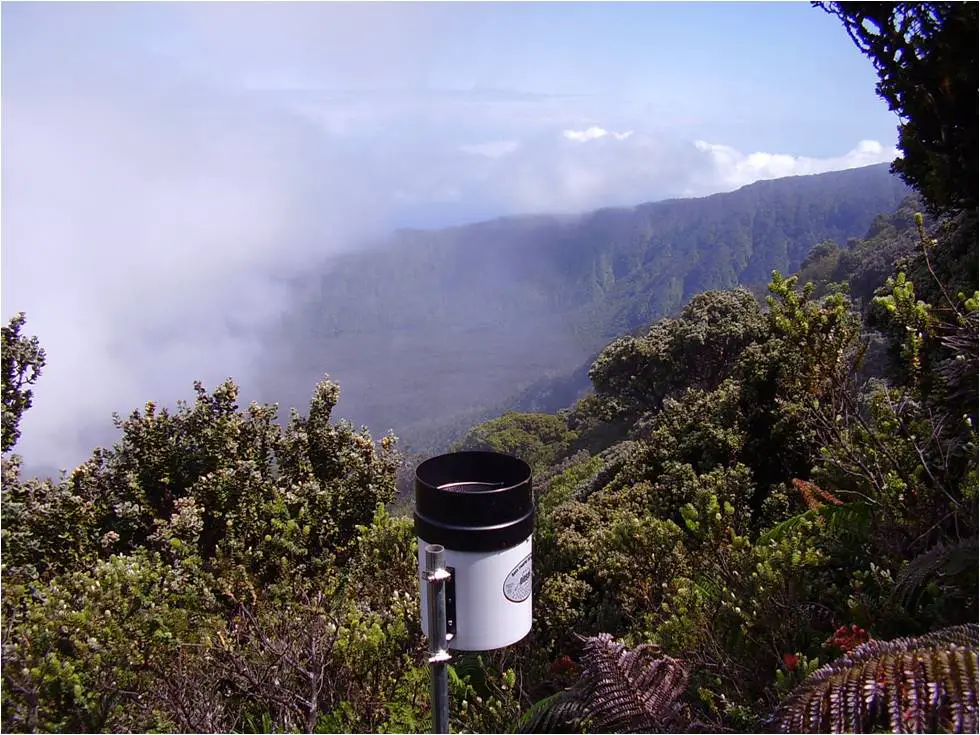
Nestled high on HaleakalÄ’s eastern slope, Big Bog is less bog and more a meteorological marvel that records an astonishing 404 inches of rain per year—yes, you read that right, four-oh-four inches. Residents (and curious scientists) at the University of HawaiÊ»i at MÄnoa have been tracking these numbers for decades, and the data don’t lie: Big Bog is arguably the rainiest spot in the entire United States according to Weather Underground. Life here isn’t exactly bustling—think remote weather stations rather than strip malls—but the few hardy souls who frequent the bog (mainly researchers and conservationists) have learned to plan outings around the constant drizzle.
Despite feeling like you’ve stepped into a perpetual cloud, Big Bog’s persistent moisture sustains rare alpine bog ecosystems full of endemic plants, making every soggy walk a lush, mossy adventure. The nearest “town” is miles away, so supplies must be brought in, and community gatherings happen via satellite linkups rather than backyard barbecues. Power and data cables here are armored against the relentless damp, and rubber boots are the unofficial uniform. Yet, those who make the journey swear that the sight of moss-covered ridges and ever-present rainbows makes the logistical headaches totally worth it.
2. Mount Waiʻaleʻale, Kauai
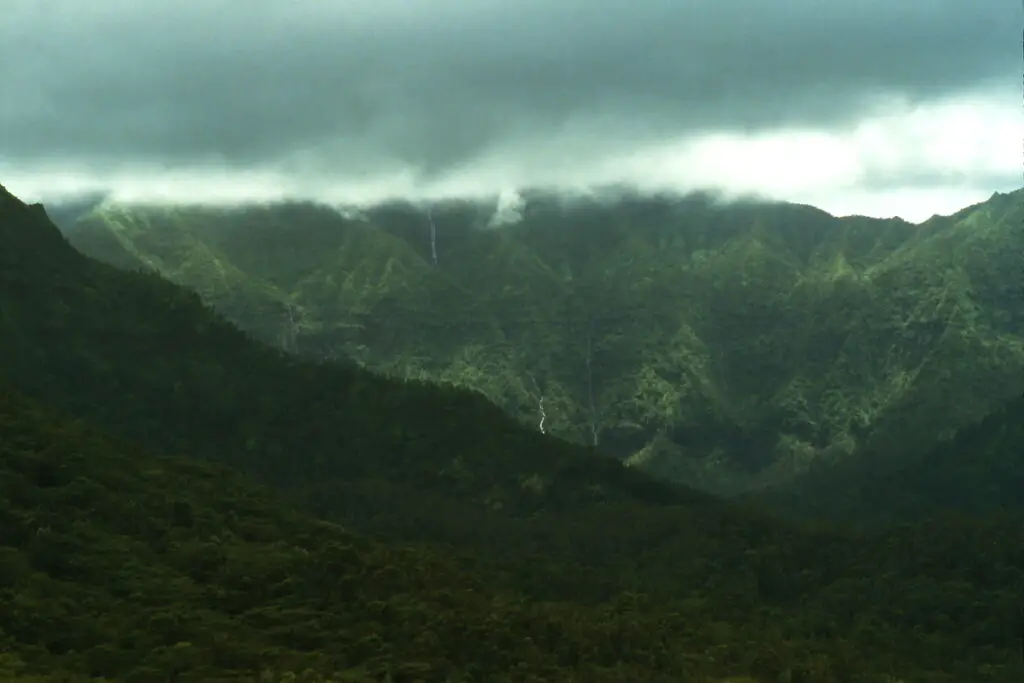
With a name that’s as melodious as its rainfall stats, Mt. WaiÊ»aleÊ»ale boasts about 373 inches of annual rain—making it practically a water park year-round. As highlighted by National Geographic, this legendary peak is often dubbed the wettest spot on Earth. Rather than skyscrapers, the views here are entirely green: dripping ferns, cascading waterfalls, and mist-shrouded valleys that look straight out of a fantasy novel.
Local families in nearby Hanalei have built entire livelihoods around this moisture—think taro farming in lush loÊ»i (wetland terraces) that depend on a constant trickle of freshwater. Tradewinds funnel moisture up the mountain slopes, and even the tourist shuttles are modified with extra weatherproofing to handle sudden torrents. Big green umbrellas are practically a state symbol, and community potlucks often double as impromptu rain celebrations—complete with taro-based dishes and freshwater spiny lobster caught from stream-fed tide pools.
3. Yakutat, Alaska
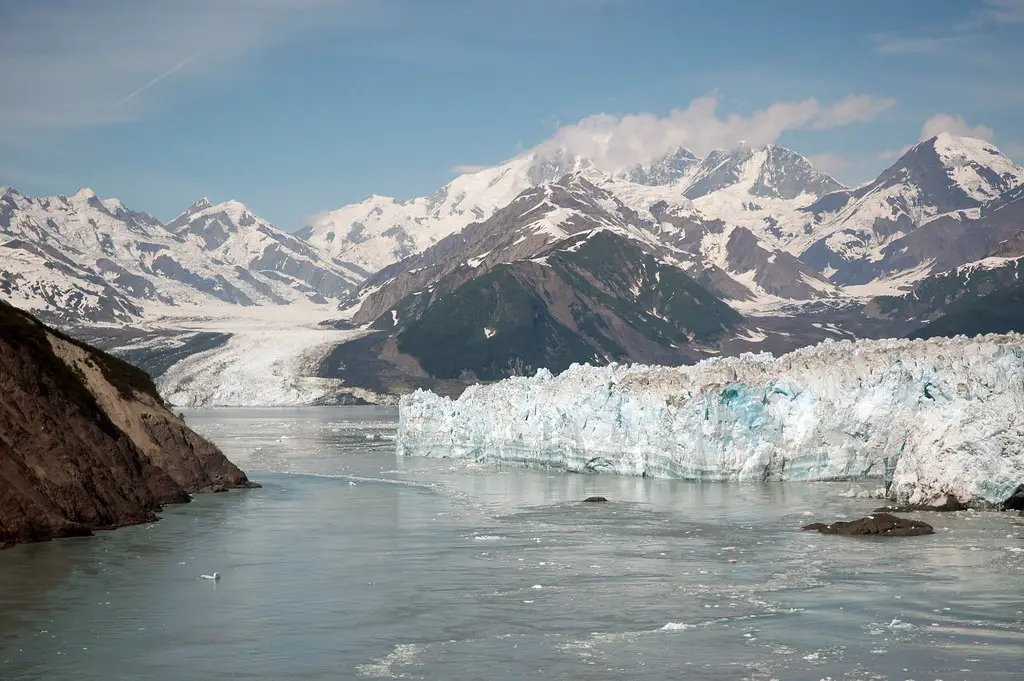
Sitting along Southeast Alaska’s famed Inside Passage, Yakutat receives roughly 155 inches of precipitation annually—so don’t be surprised if your rain jacket feels more like a way of life than a choice. As reported by NOAA data, this town of about 600 hardy souls sees rain (and snow) so frequently that “clear skies” is practically a holiday event.
Despite the soggy climate, the community thrives on outdoor pursuits—fishermen launch into storm-tossed seas to haul in salmon, and hikers don specialized Gore-Tex gear to tackle trails framed by lush temperate rainforest. The local school even celebrates “Rain Day” with traditions like indoor kayak races and weather-themed art projects. Rain isn’t an obstacle; it’s the glue that bonds the town. Even weddings are planned with a nod to the elements—a dash of rain on your big day is considered good luck here.
4. Ketchikan, Alaska
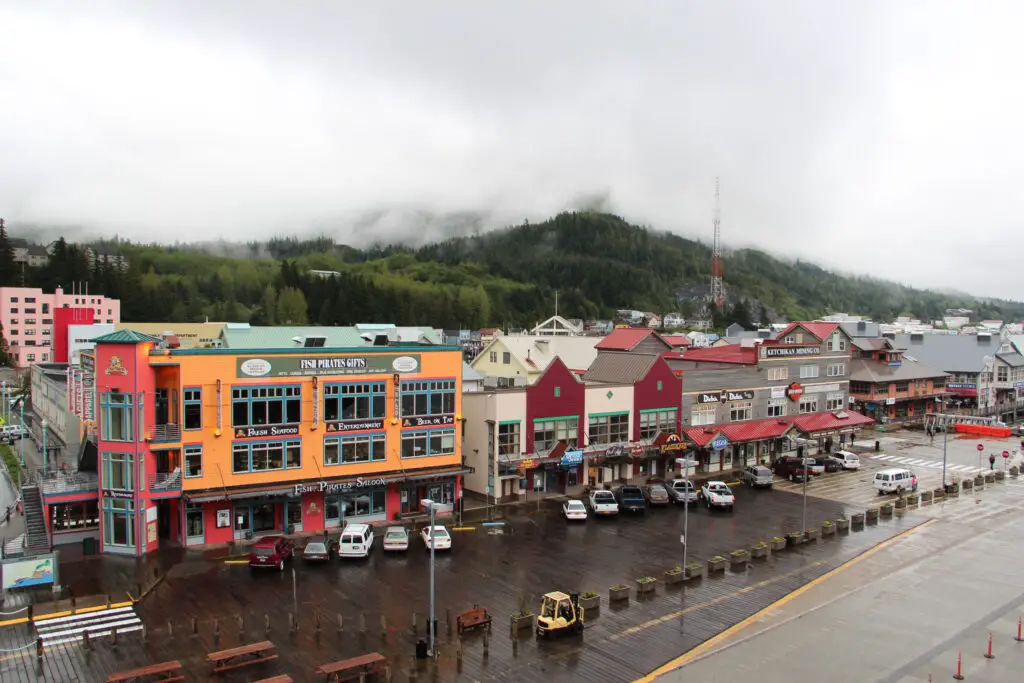
Just down the Inside Passage, Ketchikan can expect around 153 inches of rainfall every single year. Per U.S. Climate Data, locals joke that tartan raincoats and waders are formalwear. With nearly 229 rainy days annually, this town has perfected the art of living in a perpetual drizzle—and yes, corner cafes consider downpours to be peak business hours.
Salmon runs in the soggy rivers are legendary, and many families have built multi-generational fishing outfits that link generations through soggy mornings at the docks. Residents often say that rain is a mood-lifter here—maybe because people bond over shared umbrellas or because the ever-present mist makes every forest hike feel magical. The iconic totem poles lining Creek Street even seem to glow in the damp light, and daily life is punctuated by that familiar pitter-patter soundtrack.
5. Quillayute Rainforest, Washington
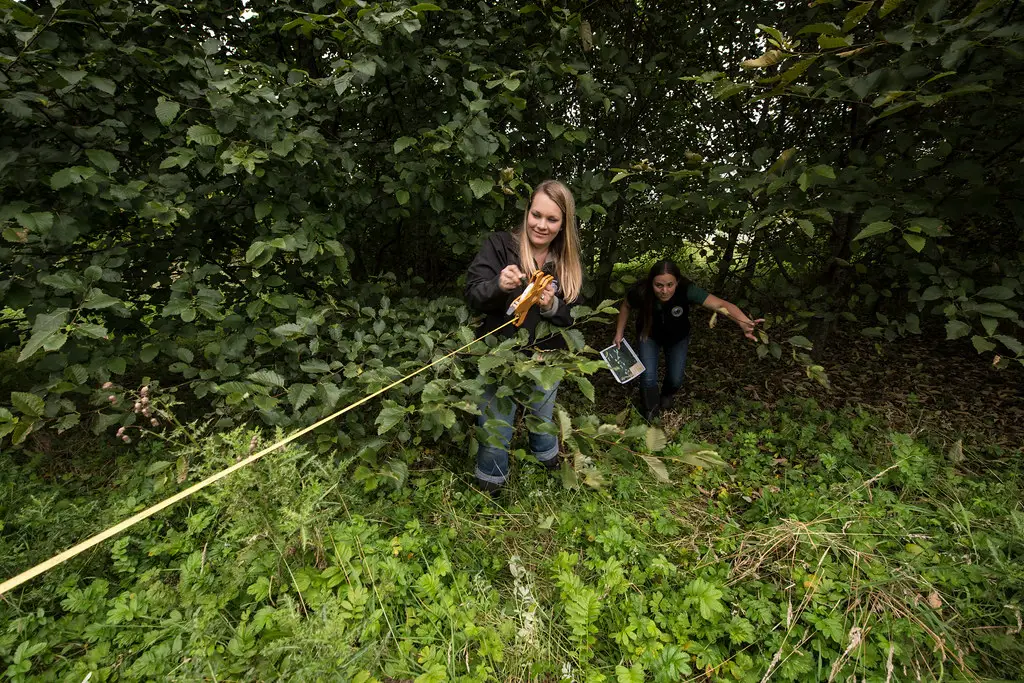
If “forever drizzle” had a ground zero, it’d be the Quillayute Rainforest region on Washington’s Olympic Peninsula, which averages about 120 inches of precipitation annually. In a deep dive by The Washington Post, journalists noted how rain shapes everything from local totem art to the community’s outdoor schools.
Families here build homes with extended eaves and wrap-around porches so they can still sip coffee outside while barely avoiding the spray. School buses come equipped with giant mud flaps, and community potlucks often feature foraged mushrooms—thank you, damp forest floor—foraged mushrooms. Rain festivals are a thing, celebrating Umbrella Day every November with DIY rainstick workshops and a community-wide rendition of “Singin’ in the Rain.”
6. Hilo, Hawaii
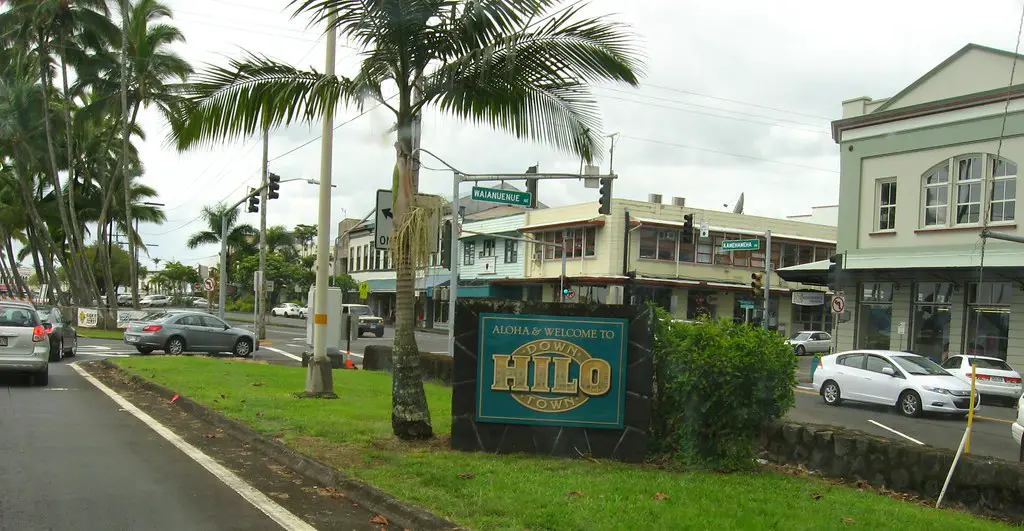
On the eastern shores of the Big Island, Hilo plays host to around 126 inches of rain annually thanks to the moisture-laden tradewinds that hit Mauna Kea and Mauna Loa. Despite the downpours, Hilo’s population of roughly 43,000 weaves rain into everyday life—florescent rain jackets are as common as flip-flops. The downtown farmers market thrives because tropical fruits love this climate, and you’ll find the juiciest papayas right after those afternoon showers.
Local legend says you haven’t really lived until you’ve danced in a monsoon brought on by a distant hurricane, and sure, porch parties often include impromptu water fights. Homes are built on stilts or raised foundations to handle the runoff, and storm drains are oversized like fire hydrants to keep things flowing. Even the local basketball courts are designed with sloped floors for optimal puddle drainage—because nothing says “community” like shooting hoops in a light drizzle.
7. Astoria, Oregon
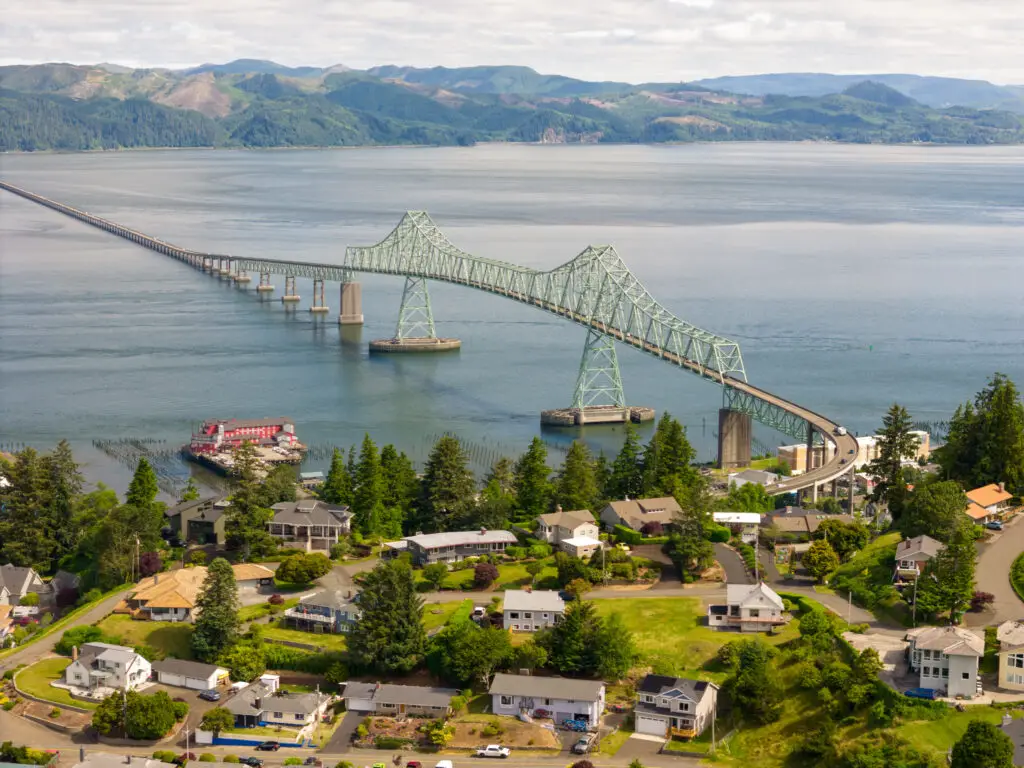
Astoria, perched at the mouth of the Columbia River, records about 74 inches of rain each year, turning its historic streets into picture-perfect foggy scenes. Fishermen and Instagram influencers alike snag shots of the Astoria-Megler Bridge shrouded in mist. Locals lean into the gray—there’s even a “Gray Day” Facebook group where residents rate the day’s hue from slate to charcoal.
Despite the clouds, Astoria is vibrant: brewpubs see full houses on rainy nights, and the local high school’s football games shine under floodlights and spotlit raindrops. Homes here feature wrap-around galleries (a PacNW porch style) so you can watch the rain without getting totally drenched. The seafood scene is off the charts, with clam chowder competitions taking place yearly—rain or shine, chowder wins.
8. Mobile, Alabama
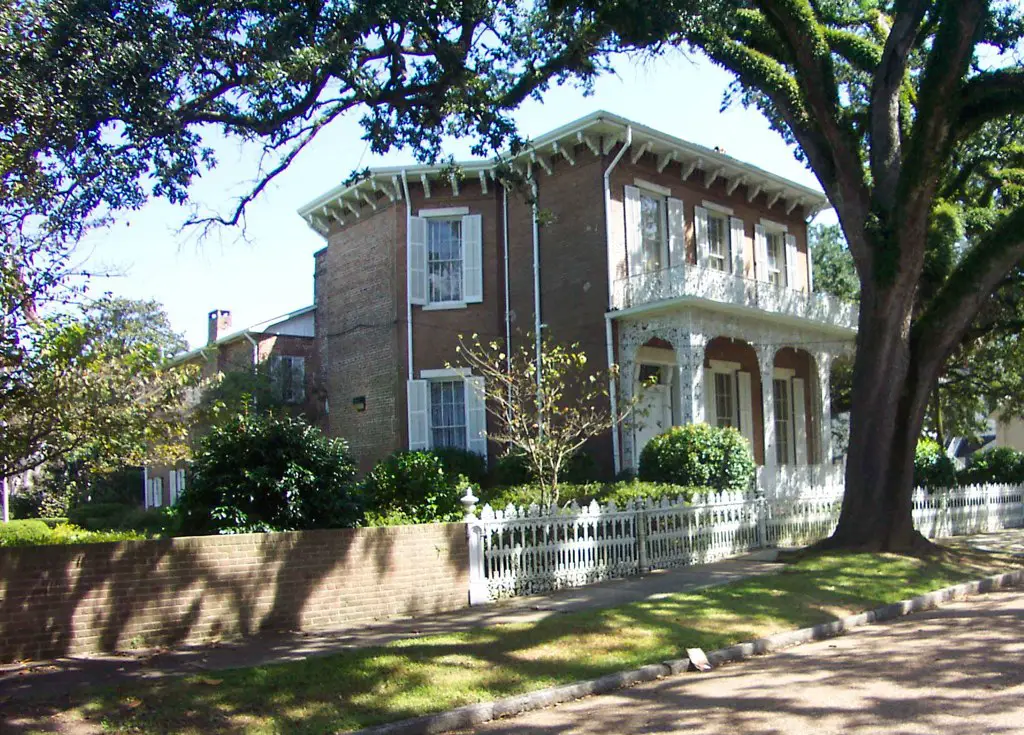
Mobile sees about 66 inches of rain annually—more than any other city in the Deep South—and locals have gotten so used to it that umbrellas stay permanently in the backseat. The Mardi Gras capital doesn’t let a downpour dampen its spirit; parades are famously rain-or-shine affairs, and dancers improvise with plastic ponchos that become part of the costume.
Bayfront neighborhoods have elevated walkways, and raised homes dominate the landscape to handle flood-prone zones. The slack-jawed gators lounging in drainage canals are practically tourist attractions, and community fish fries often take place under tent canopies to keep the hush puppies and catfish crisp.
9. Asheville, North Carolina

Asheville’s 66 inches of annual precipitation fuel the lush Blue Ridge Mountains and the city’s organic farm-to-table craze. Rainy days are actually prime brewery-hopping time—there are more craft beer joints per rainstorm here than you can shake a pretzel stick at.
Outdoor enthusiasts adapt with trail shoes that double as water boots, and neighborhoods have communal drying racks for hiking gear after a soggy weekend trek. The downtown’s art district takes on a moody charm when wet, and local murals look extra vivid under the soft, rain-filtered light. Locals swear the drizzle makes the mountain air feel extra crisp—like nature’s own diffuser. There’s even a running club that meets specifically on rainy mornings, claiming the mist makes their joints happier. And of course, Asheville’s porch culture is alive and well—just BYO blanket and a mug of something warm.
10. New Orleans, Louisiana
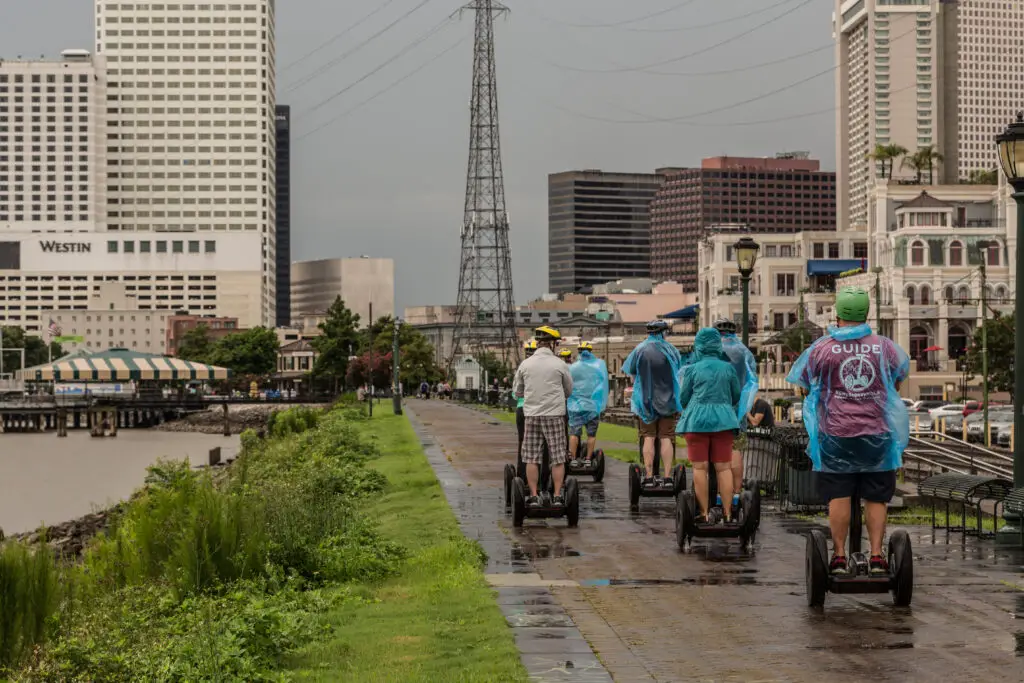
With about 63 inches of rain a year, New Orleans mixes soggy vibes with its legendary joie de vivre. When a quick shower hits, second lines and street musicians often jam under awnings, making even a rain delay feel like a festival.
Venetian-style wrought-iron balconies double as overhangs, and many homes have internal courtyards to catch the rain without letting it ruin your beignet run. The levees and canals are constantly monitored, but locals claim that the humidity makes the city feel cuddly—like a warm, soggy blanket you never want to take off. Even the ghosts of the French Quarter seem to enjoy the mist, popping up in stories that get told more dramatically in a storm. Storm-prepped jazz bars stay open through the wettest of weekends, becoming cozy refuges with live music and steaming bowls of gumbo. And don’t be surprised if a local hands you a rain poncho like it’s a welcome gift—because here, weather is just another excuse to celebrate.
11. Cape Hatteras, North Carolina
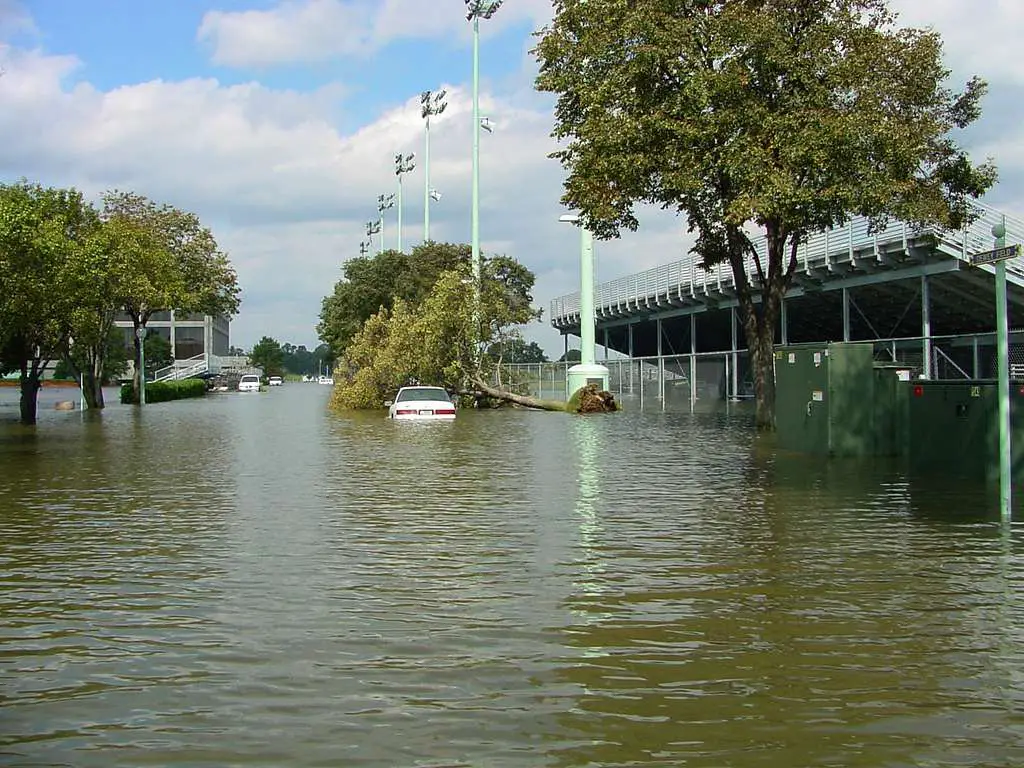
This barrier island averages 63 inches annually, courtesy of Atlantic storms that swirl in from the ocean. Islanders build dune-shielded boardwalks and retrofit shops with raised floors, all while surfing those storm-driven swells in full wetsuits.
Life here revolves around the sea—fishing fleets, kiteboarders, and lighthouse tours all brave the drizzle. Community potlucks feature salted caramel rum cakes that pair perfectly with a steaming bowl of corn chowder on a blustery afternoon. Locals have perfected the art of “storm watching” from screened-in porches, complete with spiked cider and windproof blankets. School kids learn early how to read tide charts and Doppler radar like pros, planning recess around the forecast. And beach weddings here? They come with a backup plan, a backup backup plan, and a whole lot of wind-proof hairspray.
12. Providence, Rhode Island
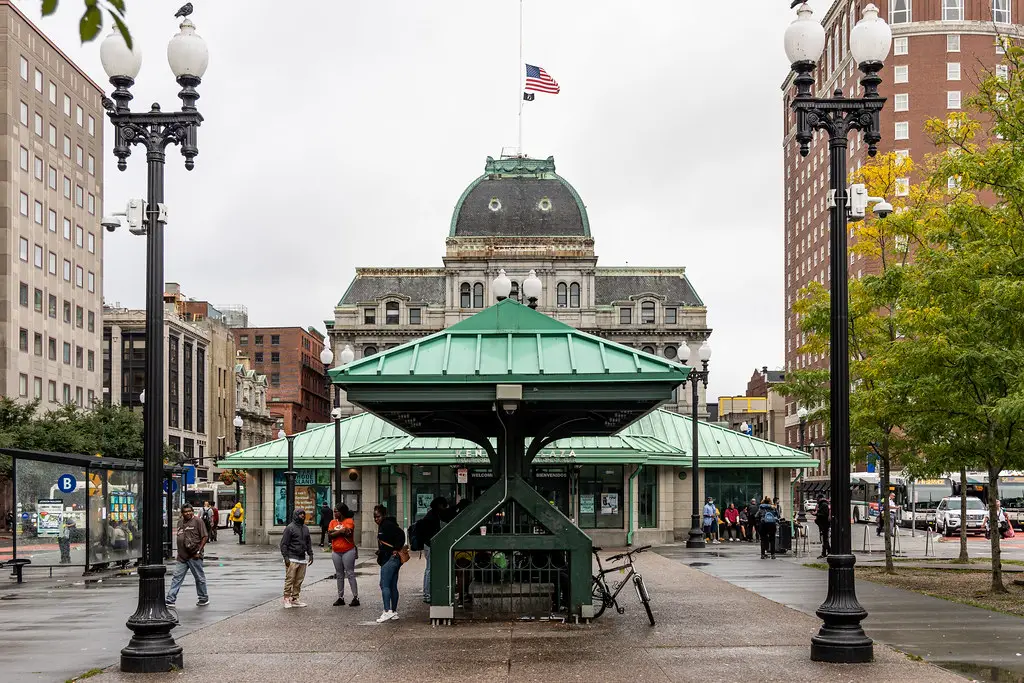
Providence sees about 62 inches of rain yearly, so the legendary East Side mansions come equipped with super-sized gutters and barrel-collection systems for that eco-friendly flair. Artists in the trendy Fox Point neighborhood even use raindrops as inspiration for plein-air painting sessions—umbrellas doubling as mobile easels.
The WaterFire festival still shines (pun intended) with floating bonfires, because if you can’t beat the drizzle, you might as well twirl around it with tiki torches. Locals have learned to love the misty vibe—it makes the historic cobblestone streets feel like something out of a moody indie film. Umbrellas aren’t just accessories here; they’re statement pieces, often color-coordinated with boots and scarves. And when the weather gets especially wild, there’s always refuge in the dozens of cozy cafes stocked with biscotti, espresso, and books that smell like rain.
13. Smithville, Oklahoma
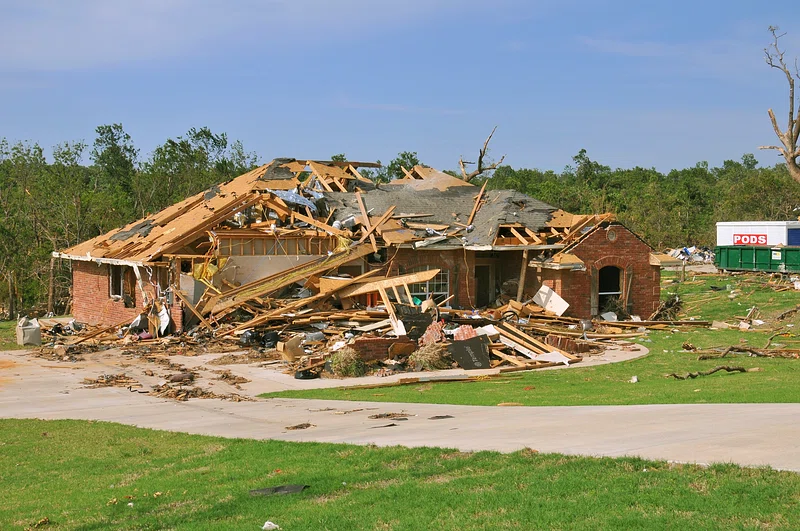
Who knew Oklahoma’s wettest spot would be a tiny town of just 77 residents? Smithville logs about 56 inches per year (per state climate records), leading locals to refer to their community as “the Oklahoma rainforest.”
Their annual Rain Fest includes mud-bug races (think potato sack races but mud-fueled) and irrigation canal cannonball contests. Residents proudly sport waders to check their mailboxes, and community gardens thrive on the steady, gentle rain. Porch swings are reinforced for weather durability, and nearly every home has a dedicated boot-washing station. Locals brag about their water catchment systems the way others show off their pickup trucks. And don’t let the small-town size fool you—the Smithville general store carries more brands of waterproof gear than most REIs.
14. Eureka, California
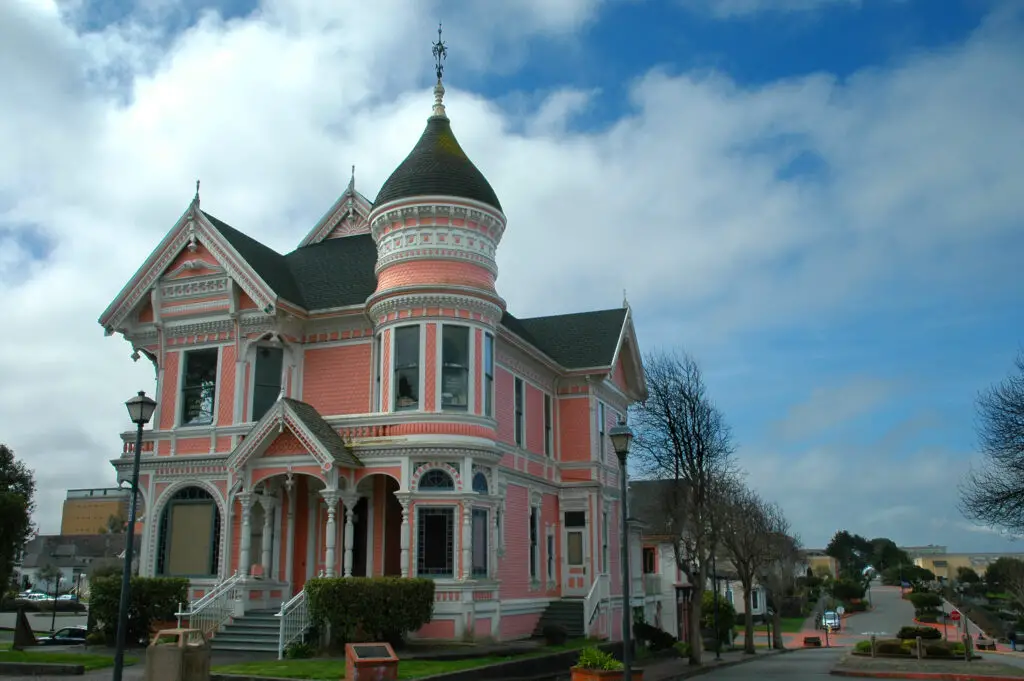
Sitting snug between redwood groves and the Pacific, Eureka gets almost 58 inches of rain each year. Coastal fog adds an extra layer of moisture, so salty air and drizzle are constant companions.
Victorian “Carson Mansion” tours still draw crowds armed with sturdy umbrellas, and the local taco trucks boast the best fish tacos—because moisture makes perfectly crispy batter. Fishermen’s wharves bustle even in drizzles, with nets drying between rain squalls and the smell of fresh crab lingering in the mist. Many homes are painted in vibrant hues to offset the gray skies—think ocean blue, goldenrod, and punchy coral. Kids grow up learning how to ride bikes in the rain with galoshes on, turning puddles into playgrounds. And the local farmers market thrives under big white tents, where misty mornings only make the produce glisten more glamorously.
